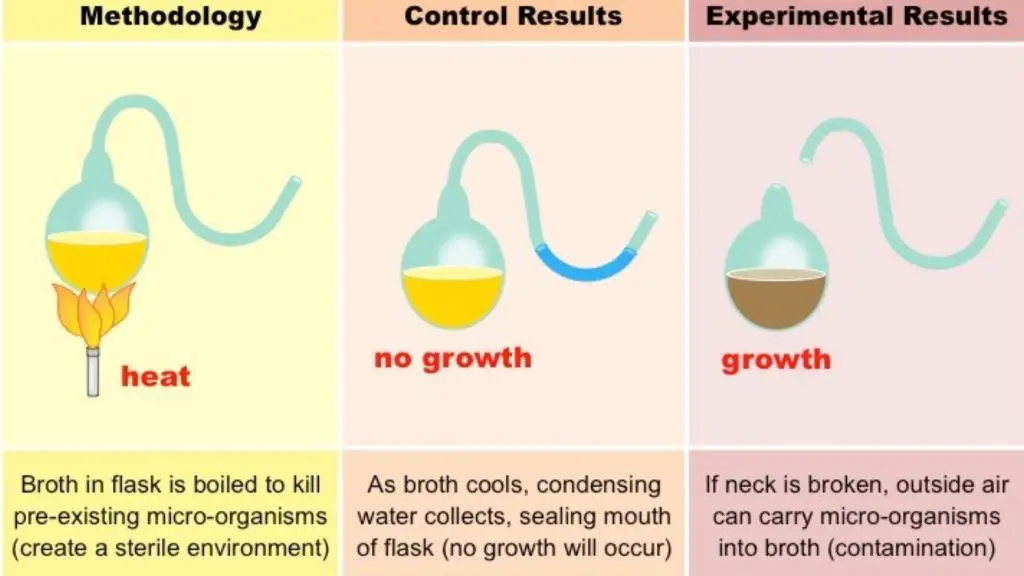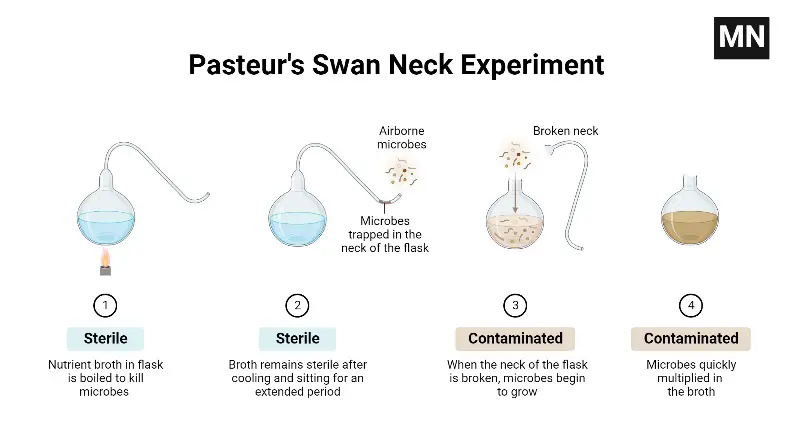Contents
Louis Pasteur
Louis Pasteur was a French scientist who made significant contributions to the fields of microbiology and chemistry. He is best known for his work on the germ theory of disease, which states that many diseases are caused by microorganisms, and for his development of pasteurization, a process that involves heating liquids to kill harmful bacteria.
Pasteur was born in 1822 in Dole, France, and he studied science at the École Normale Supérieure in Paris. He began his career as a chemistry professor and later became the director of scientific studies at the École Normale Supérieure. In the 1850s, he began studying the fermentation process, which led him to the discovery of microorganisms and the realization that they play a role in the spoilage of food and drink. This discovery formed the basis of his work on the germ theory of disease.
Pasteur’s work had a profound impact on the fields of medicine and public health, and it laid the foundation for the development of vaccines and the use of antiseptic techniques in surgery. He died in 1895 and is considered one of the greatest scientists in history.

Contribution of Louis Pasteur
- Spontaneous generation: At the earlier people were believed in spontaneous generation theory, that living cells were generated from nonliving cells. Pasteur believed in biogenesis theory means, living cells were generated from living material rather than nonliving materials. Pasteur disproved the spontaneous generation theory by his Swan Necked Flask experiment.
- Crystallography: In earlier Pasteur was a chemist. During his doctoral dissertation, he work as a laboratory assistant at the École Normale. During this time he investigates that the ability of certain crystals or solutions to rotate plane-polarized light clockwise or counterclockwise, that is, to exhibit “optical activity.” Pasteur was able to exhibit that in some cases this activity related to the shape of the crystals of a compound.
- Fermentation: In the earliest time people believe that the fermentation process is conducted by a series of chemical reactions. In 1854, while he was working at Lille, Pasteur investigate fermentation processes and he noticed that the fermentation processes are carried out by a living microorganism.
- Pasteurization: To prevent the souring of wine or to fight against the “diseases” of wine he discovered the Pasteurization Processes. He noticed that the spoiling beverages, such as beer, wine, and milk is caused by some unwanted microorganisms. So, he invented a process in which the microorganisms could be destroyed by heating the wine between 60° and 100°C temperature.
- Germ Theory of Diseases: Pasteur and a minority of other scientists believed that diseases were caused by microorganisms—germ theory. Later he proved this theory by investigating the causes of silkworm disease.
- Anthrax vaccine: In 1881, Louis Pasteurpulically announced that he successfully discovered the vaccine of anthrax.
- Rabies: Louis Pasteur first produced the vaccine of rabies virus. He produced it by growing it in rabbits, and then weakening it by drying the affected nerve tissue.
- Chicken cholera: In 1879, Pasteur inoculate the culture of chicken cholera with a healthy chicken to infect them, but the chickens were survived. Later he inoculated this chicken with a virulent strain of the same culture, this time he noticed that they were immune to it. From this experiment he discovered that he could not infect them, even with fresh bacteria; the weakened bacteria had caused the chickens to become immune to the disease, though they had caused only mild symptoms.
- Swine erysipelas: Pasteur and Thuillier discovered the vaccine of Swine erysipelas.
The Swan Necked Flask experiment of Louis Pasteur

- He designed several bottles with S-curved necks or also known as gooseneck flask, which were oriented downward so gravity would prevent access by airborne foreign materials.
- Then he placed nutrient-enriched broth in one goose-neck bottle.
- Then he boiled the broth inside the bottle and kept it for one year in sealed condition.
- After one year he observed no life in the jar.
- Then he broke the top portion of the goose-neck bottle and directly exposed to the air.
- After a few days, he observed that the broth has contains life.
- He noticed that no life forms were observed in the broth until this obstacle was removed from the bottle, because air born particles and dust were trapped in the S-shaped neck of the bottle.
- He confirmed that the contamination came from life-forms in the air. From this experiment, he disproves the spontaneous generation theory.

QNA on Contribution of Louis Pasteur
What did Louis Pasteur discover?
Louis Pasteur discovered theory of biogenesis, germ theory of disease, vaccine of anthrax. He also discovered pasteurization, fermentation, etc.
What is Louis Pasteur known for?
Louis Pasteur is well known for his contribution in microbiology such as development of antrax vaccination, microbial fermentation, germ theory of disease and pasteurization.
What vaccines did Pasteur invent?
Pasteur developed vaccine for anthrax
How did Louis Pasteur die?
In 1868, Pasteur suffered a severe brain stroke that paralysed the left side of his body, but he recovered. A stroke or uremia in 1894 severely impaired his health. Failing to fully recover, he died on September 28, 1895, near Paris.
What is Pasteur’s theory?
Louis Pasteur’s pasteurization experiment illustrates the fact that the spoilage of liquid was caused by particles in the air rather than the air itself. These experiments were important pieces of evidence supporting the idea of germ theory of disease. Pasteur and a minority of other scientists believed that diseases were caused by microorganisms—germ theory. Later he proved this theory by investigating the causes of silkworm disease.
Who was Louis Pasteur’s assistant?
Charles Chamberland
Reference
- https://microbiologynote.com/spontaneous-generation-theory-and-biogenesis-theory/
- https://www.sciencehistory.org/historical-profile/louis-pasteur
- https://en.wikipedia.org/wiki/Louis_Pasteur
- https://explorable.com/discovery-of-pasteurization
Related Posts
- 56 Pioneers in Microbiology and their Great Contribution
- Contribution of Antonie van Leeuwenhoek
- Contribution of Robert Koch and Koch’s Postulates
- Contribution of Microbiologists: Joseph Lister, Alexander Fleming, Edward Jenner, Lazzaro Spallanzani, Martinus Beijerinck.
- Contribution of Microbiologist: Ignaz Semmelweis, Hans Christian Gram, Charles Lavaran, Fanny Hesse, Marjory Stephenson, Kiyoshi Shiga, Emil von Behring.











